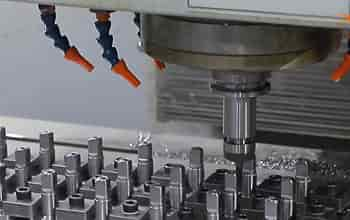Injection molding defects the cause and solutions
Aug 25, 2023
1, filling defect It always show uncomplete filling or edge collapse,it will dective product,waste material,labor and time.ther are many possible reason, such as nozzle temperature is too low,not enough supply,flowablity not good,injection pressure is low,the gate is too small or not right position,the mold surface is not smooth enough,nozzle is blocked,venting problem 2,flash or burr It always happen in parting line,it will increase the difficulty of machining or dishape,even defective.the possible reason such as:nozzle temperature too high,injection too much material,flowbility is very good,injection pressure too high,clamping force too small 3,sink mark It always caused by material shrink after injection molding,possible reason such as:nozzle temperature too high,resin supply not enough,shrinkage is too big,injection molding pressure too low,holding time too short,injection speed too slow,mold teperature too high,cooling time too short,the thickness of pr...
